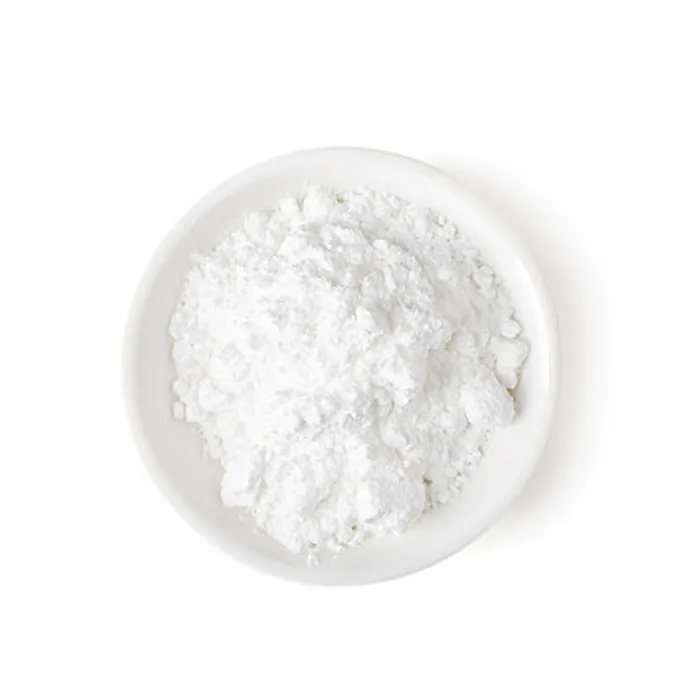Purifying Drinking Water The Role of Chemicals in Ensuring Safety
Access to clean drinking water is a fundamental necessity for human health. With increasing concerns about water quality, the use of purifying chemicals has become essential in treating water supplies. This article explores the various chemicals employed in water purification, their functions, and the importance of maintaining safe drinking water standards.
Water sources can be contaminated by numerous pollutants, including bacteria, viruses, heavy metals, and organic compounds. To mitigate these risks, water treatment facilities utilize a range of chemicals tailored to address specific contaminants. One of the most common and vital chemicals is chlorine, which is widely used for disinfection. Chlorine effectively kills harmful microorganisms by disrupting their cellular processes. Despite its effectiveness, the use of chlorine must be carefully regulated, as excessive amounts can lead to the formation of harmful byproducts known as trihalomethanes (THMs).
Another important chemical in water purification is alum, or aluminum sulfate. Alum is primarily used in the coagulation process, where it helps to remove suspended particles from water. When added, alum forms flocs—small clumps of particles that can be easily removed from the water. This process not only clarifies water but also reduces the load of pathogens, making it safer for consumption.
In addition to chlorine and alum, ozone is increasingly being recognized for its water purification properties. Ozone is a powerful oxidizing agent that can eliminate a wide range of contaminants, including bacteria, viruses, and organic pollutants. Unlike chlorine, ozone decomposes quickly and leaves no chemical residual in the water, making it an attractive alternative for certain treatment processes.
drinking water purifying chemicals

Furthermore, the use of activated carbon has gained traction in the realm of water purification. Activated carbon is effective in adsorbing organic compounds and chlorine byproducts, improving the taste and odor of drinking water. This chemical is particularly beneficial in treating water that has been contaminated with industrial runoff or agricultural chemicals.
While these chemicals play a crucial role in water purification, their use must be balanced with public health considerations. Regulatory agencies, such as the Environmental Protection Agency (EPA) in the United States, set strict guidelines for the permissible levels of these chemicals in drinking water. Continuous monitoring and testing ensure that water treatment processes do not compromise the safety and health of the consumer.
Furthermore, the conversation around water purification chemicals has expanded to include sustainable and eco-friendly alternatives. As concerns about chemical exposure and environmental impacts grow, researchers are exploring various biological treatments, such as the use of natural coagulants derived from plants. These methods can potentially reduce reliance on synthetic chemicals while still achieving effective water purification.
In conclusion, purifying drinking water with chemicals is a vital process that protects public health from waterborne diseases and contaminants. While chlorine, alum, ozone, and activated carbon are essential tools in this endeavor, the focus must remain on safety, sustainability, and regulatory compliance. As we advance in our understanding of water treatment technologies, the goal remains clear to provide safe, clean drinking water for all, ensuring a healthier future for communities worldwide.

